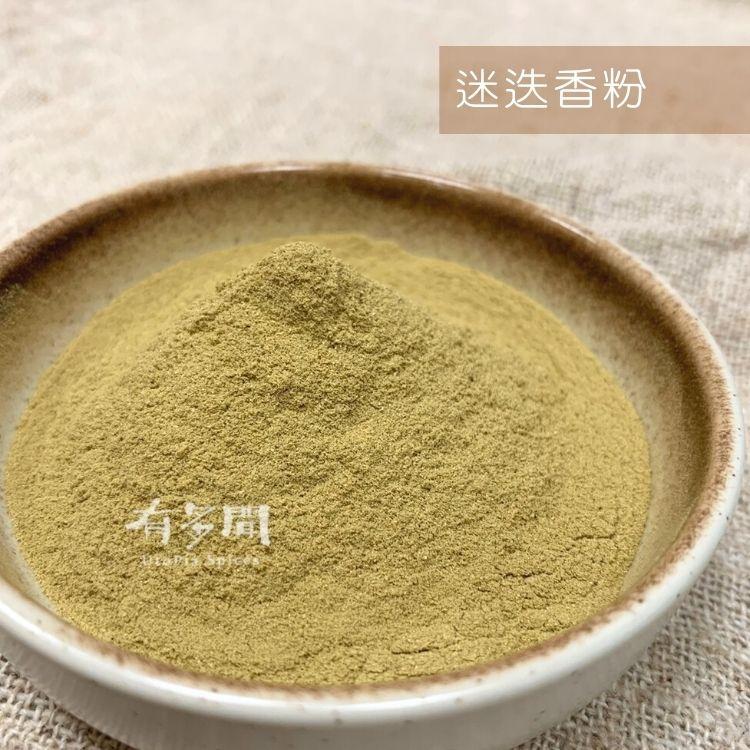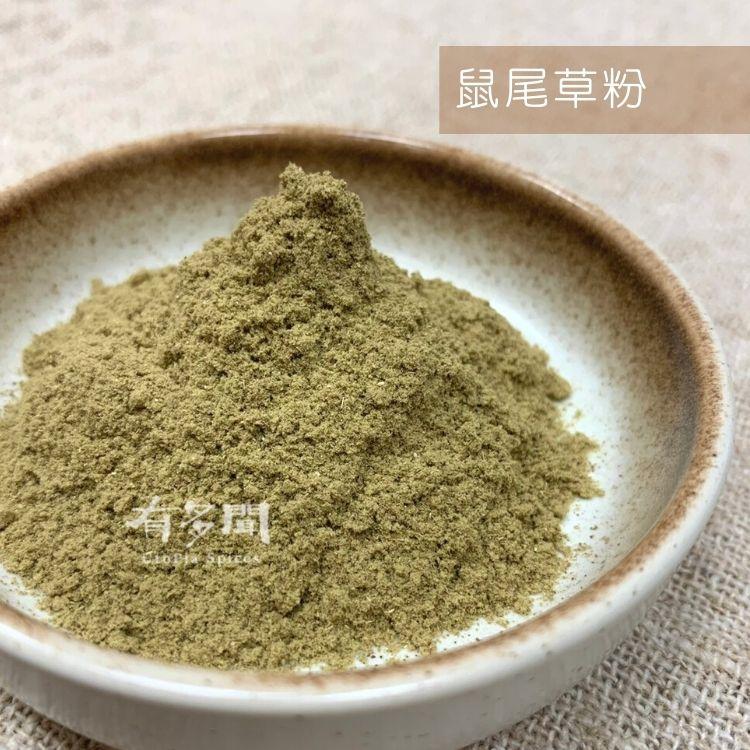
Feature:
Sweet basil powder is ground from dried sweet basil leaves, usually in its dark green and easy-to-store form.
This is a very convenient seasoning, especially when fresh sweet basil leaves are not readily available.
Taste and smell:
Sweet basil powder maintains the essential qualities of sweet basil, but its taste and smell may be diluted due to the drying and grinding process.
The flavor is slightly sweet and a little spicy, while the smell is milder but still has the distinct aroma of sweet basil.
Origin:
Egypt
Cooking dishes:
Sweet basil powder is often used in Italian dishes such as pasta and pizza, especially when fresh basil is not readily available.
It can also be used in stews, soups and salads, or as a seasoning for chicken and fish.
Although dried basil is not as strong as fresh, it has the advantage of being more durable and easier to store.
Applicable dishes:
Pasta with pesto sauce, pizza Margherita, Thai fried pork, stir-fried chicken, steak, tomato salad, pumpkin soup, toast
**Sweet basil powder is a convenient and versatile seasoning suitable for a variety of dishes. Due to its dry and powdered state, it is particularly suitable for long-term storage and transportation, allowing those who do not have easy access to fresh basil to enjoy the delicious taste of this herb. However, when possible, fresh sweet basil leaves usually provide a more intense and lively flavor.









